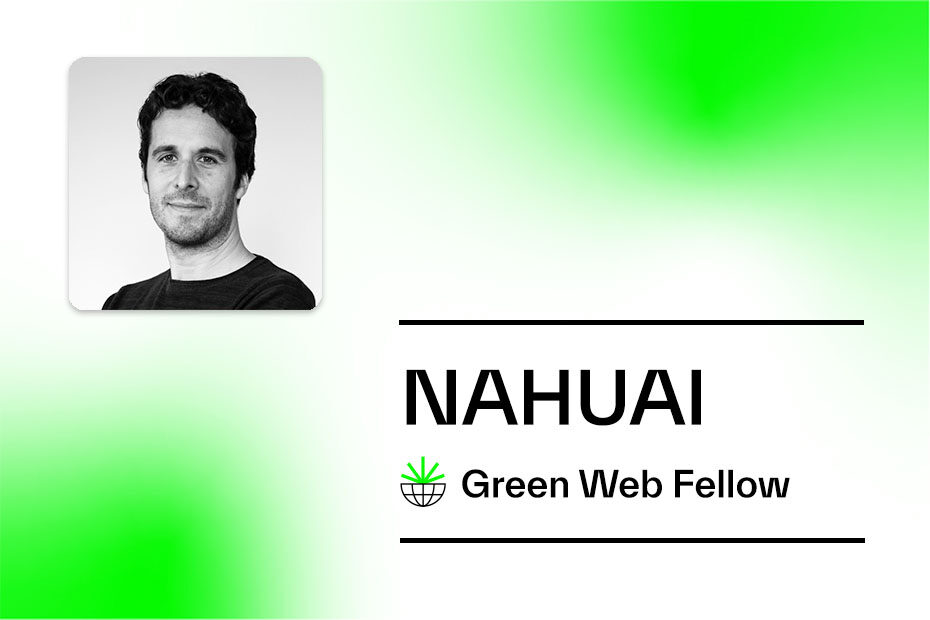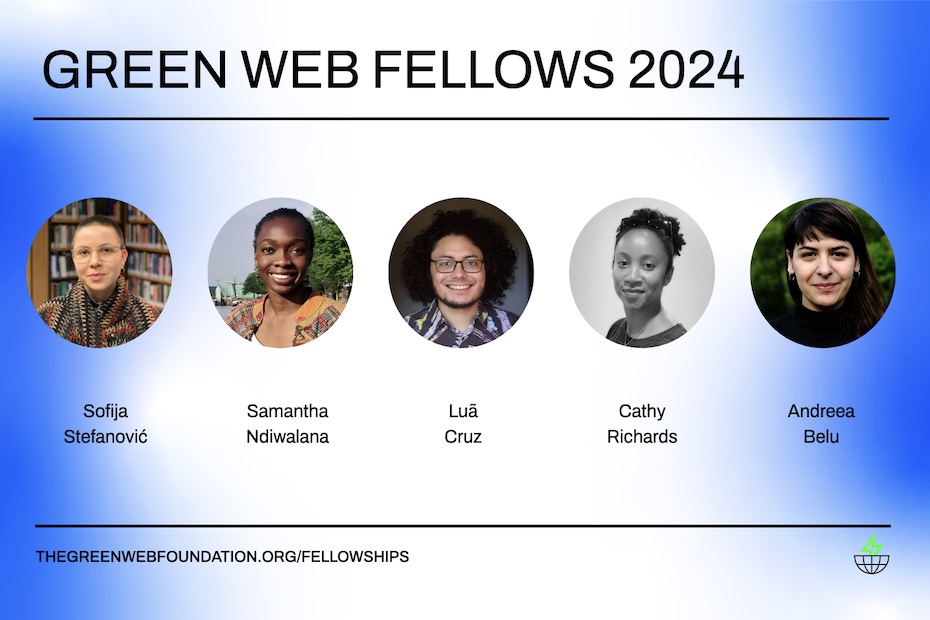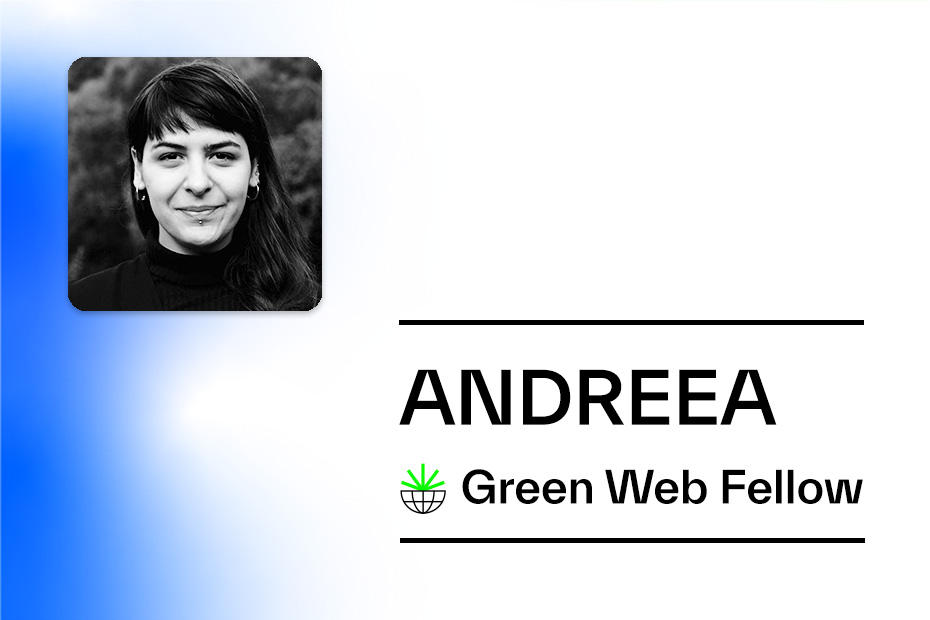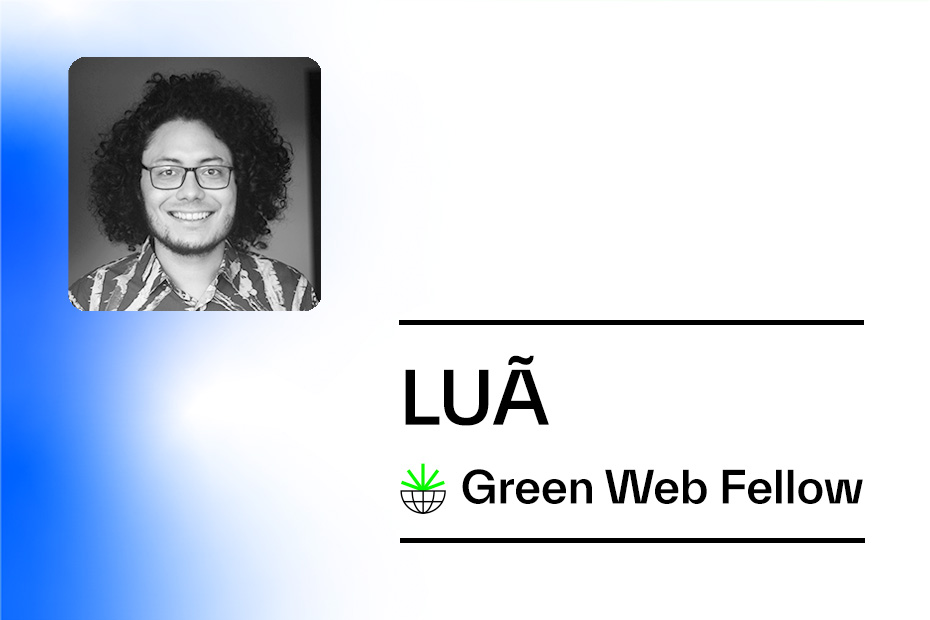If there’s one thing I’ve learned over the past few months, it’s that the term “sustainability” is very broad and can refer to many things.
In fact, before reading on, I suggest you take a second to think: What does sustainability mean to you? What if you had to situate it in the web or digital realm? (By the way, if you feel like sharing it in the comments you will make me very happy 🙂 )
Since I can’t wait for your answer, because otherwise we could create an unsolvable time-space loop, I’m going to take a gamble and say that most of the answers would be along the lines of taking actions to reduce the carbon footprint.
And they would not be wrong, but they would also be neglecting many other factors. This is called “carbon tunnel vision” and is even better understood with a graphical representation:

I believe that the reason why we tend to focus on CO2 emissions as the main (or almost the only) point of reference when talking about sustainability is because this is an “easy” metric to calculate — and because human beings tend to simplify concepts in order to understand (and manage) them better.
But if we want to make a transition to a more sustainable digital world, we should take all factors into account, and not only CO2 emissions. What do you think?
To put some context let’s take a step back and see what the definition of ‘sustainability’ actually is.
Defining sustainability
One of the most widely accepted definitions of ‘sustainability’ is the one coined in 1987 by the Brundtland report drafted by the UN:
Meeting the needs of present generations without compromising the ability of future generations to meet their own needs. The three pillars that are related in sustainable development are: economy, environment and society. The purpose of their relationship is that there should be an economic and social development that respects the environment.
A simplified version could be:
Meeting the needs of current generations, without affecting the ability of future generations to meet their own needs, considering society, economy and the environment.
As you can see, in addition to the environmental perspective, there are two other factors that are key when defining sustainability: economy and society.
The three pillars of sustainability
The fact that sustainability is based on three pillars, instead of one, may be the first surprise for those interested in digital sustainability.

If we only put the lens on CO2 emissions, we not only ignore other environmental aspects (such as pollution, biodiversity loss, water scarcity) but we also ignore social aspects (such as inequality, education, health) and economic aspects (fair minimum wage, wage equity, economic viability).
Therefore, a holistic vision on sustainability is urgently needed, if we want to have a meaningful impact in terms of digital sustainability.
The sustainability of an open source project
As if the above was not enough, the term sustainability also has a very important connotation in open source projects; it can refer to the durability of a certain project.
This was one of the points that generated a lot of debate in the comments of the article where we proposed the formation of an official sustainability team in WordPress.
Interestingly, also during these last weeks I was interviewed in Sustain, a podcast in which they address the sustainability of open software projects from the point of view of the people who maintain and “sustain” them.
Therefore, this specific perspective on sustainability, which is closely related to the social and economic pillars, also hast to be taken into account.
In fact, in the new WordPress Sustainability Team (of which I’m a proud member) we intend to align our goals taking into account all these factors.
Conclusions
I have to admit that while preparing the WordPress sustainability workshop (the project I’m doing for the Green Web Foundation fellowship), I often have the feeling that “all roads lead to carbon”. But I think it’s worth making an effort to broaden our vision beyond the “carbon tunnel vision”.
I wanted to share this learning journey in which I have the feeling that the term sustainability keeps gaining nuances and acts as an “umbrella term” under which a lot of factors fit together to make it a whole.
This open-mindedness is what I want to convey in the workshop I’m preparing. I also intend to contribute the holistic vision as a member of the newly formed WordPress Sustainability Team.
I hope this reflection has been interesting for you.



